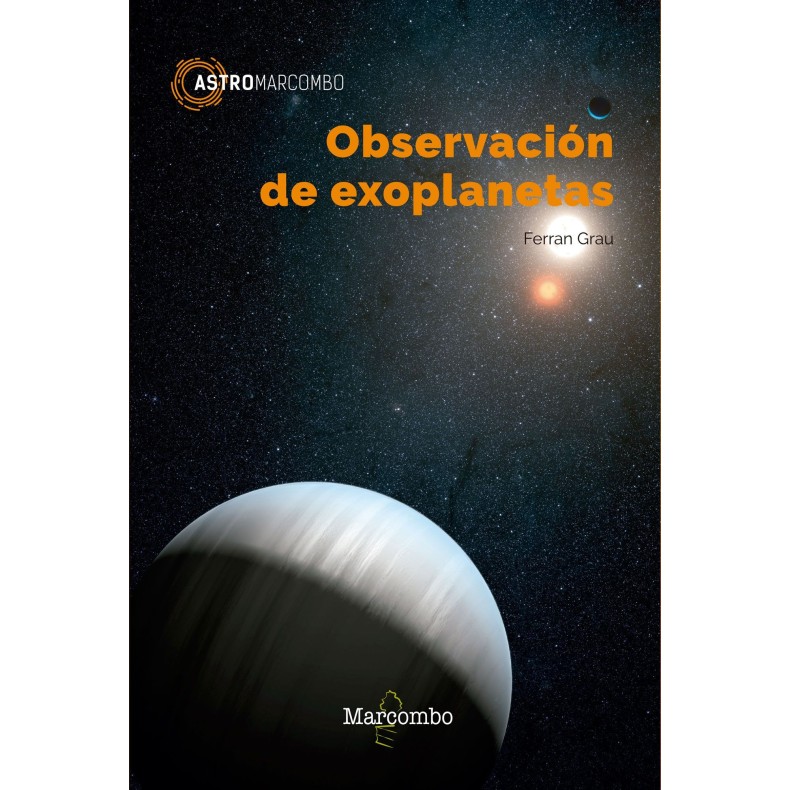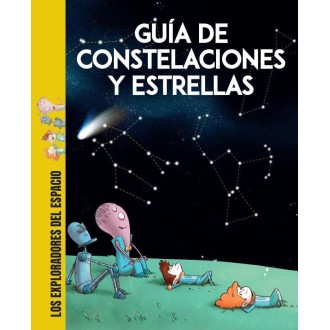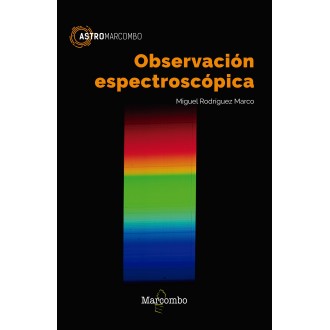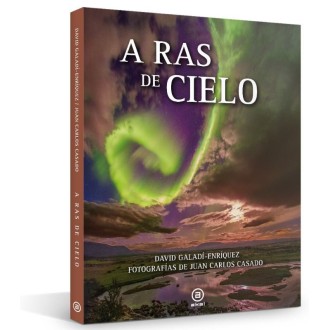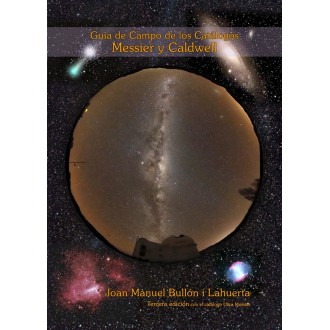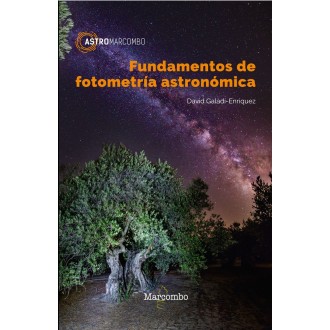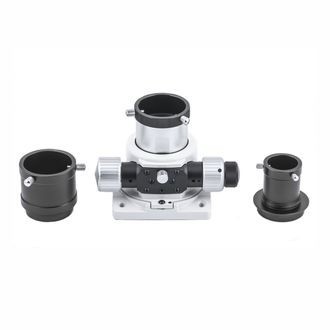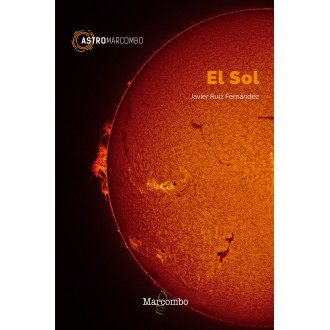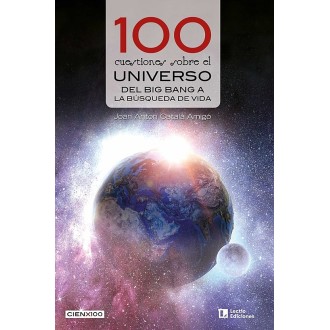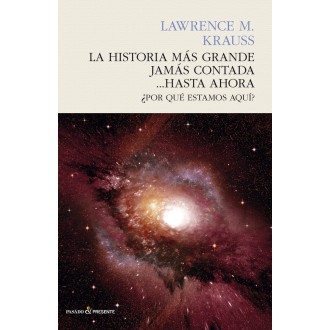Deliver it 16/23 days

Exoplanet observation
Exoplanet observation. Performing exoplanet transits is one of the most demanding tasks an amateur astronomer can perform. This manual explains how to do it step by step, in detail and with real examples so that any amateur astronomer, regardless of his level, can perform exoplanet transits that every professional will want to study
| Carrier | Description | Estimated Delivery | ||
|---|---|---|---|---|
 |
Home delivery - International | Home delivery - International |
Tuesday, 6 May - Tuesday, 13 May |
|

Home delivery - International
Home delivery - International
Estimated delivery:
Tuesday, 6 May - Tuesday, 13 May
Exoplanet observation.
Performing exoplanet transits is one of the most demanding tasks an amateur astronomer can perform. This manual explains how to do it step by step, in detail and with real examples so that any amateur astronomer, regardless of his or her level, can perform exoplanet transits that every professional will want to study.
This book not only presents theory, but also collects more than seven years of experience of the author in this type of observations to demonstrate that one can learn from the mistakes derived from practice.
It presents tips and techniques that work for exoplanets and other disciplines, such as the study and search for variable stars, and includes a guide to the material needed to perform successful exoplanet transits.
Get now the first manual published in Spanish on exoplanet observation and discover how to improve the quality of your work with your own equipment.
About the author: Ferran Grau Horta (Valencia, 1977) is a computer systems engineer and amateur astronomer. His studies in computer science and physics have been intertwined both in his work life and in his love for astronomy. He has put all this into practice in his semi-professional observatory, the "Observatori de Ca l'Ou", which has a 20" robotic telescope, one of the largest in Catalonia.
Ferran collaborates regularly with professional astronomers. Data from his exoplanet transits have been used at universities in the USA, China, Russia and Turkey. In 2012 he was the second largest contributor of transits to the TRESCA database, the most important database for exoplanets, where he currently has 143 transits published. In his searches he has discovered 36 new variable stars.
Technical data:
- TITLE: Observation of exoplanets
- AUTHOR: Ferran Grau
- PAGES: 234
- ISBN: 9788426727923
- YEAR: 2019
- EDITION: 1
- FORMAT: 15x21 cm.
- BINDING: Paperback with flaps
- COLLECTION: Astromarcombo
Excerpt from table of contents:
- 1. Introduction ........................................................................1
- 2. History ............................................................................... 5
- 3. How exoplanets are discovered.................................13
- 4. Current projects............................................................ 17
- 5. Characteristics of a curve............................................. 21
- 6. Conditions for observation ......................................27
- 7. CCD, telescope and mount ...............................................43
- 8. Photometry .........................................................................69
- 9. Image capture........................................................ 77
- 10. Calibration ......................................................................93
- 11. Processing .....................................................................105
- 12. what to do next?............................................... 145
- 13. Appendix - References................................................ 153
Addressed to:
- Amateur astronomers
- Professional astronomers
- Scientists
- Astronomy and space science enthusiasts
- High school teachers
- University professors
- High school science students
- University students
Exoplanet observation.

